- international
- type symposium
- hfg offenbach
- Do we understand each other?
What does the international typography scene have in common and what are the differences? - The focus of the first issue of the babel typo symposium is on other writing systems: »non latin«. A good twenty years after the introduction of the computer, the next revolution has taken hold of everyday graphic design almost unnoticed. Thanks to digital standards such as Unicode or OpenType, globalisation is now definitively taking place in typography too – interestingly, the predominance of western, »Latin« writing seems to be waning. Famous international designers let us look beyond the western perspective with their projects.



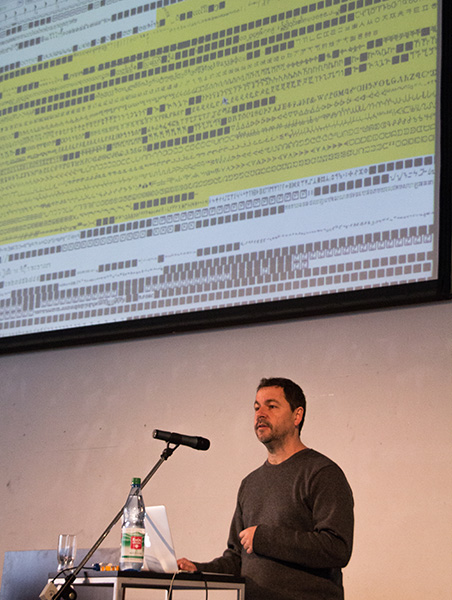

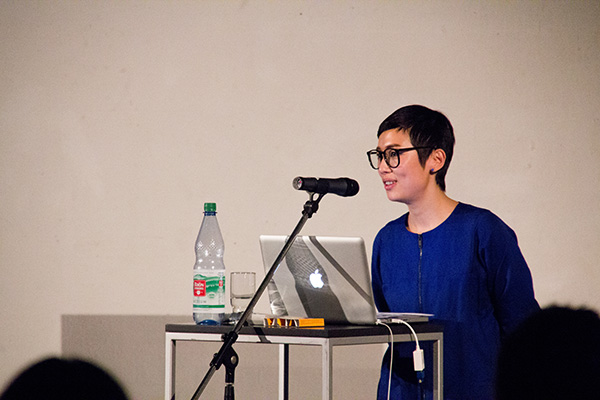
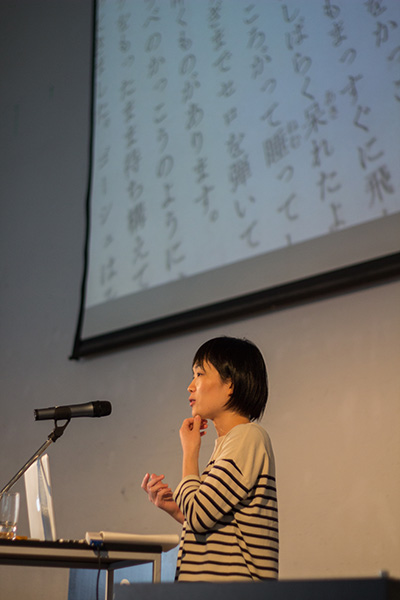







- Peter Bilak has gained international recognition not only as a successful font designer but also as editor of »dot dot dot« magazine. He co-founded the »Indian Type Foundry« with Satya Rajpurohit in 2oo9 to develop and market fonts for the Devanagari, Gurmukhi, Tamil and Bengali writing systems. His latest magazine project »works that work« is set to launch soon. Peter Bilak lives and works in The Hague, he was appointed to the Alliance Graphique International (AGI) in 2oo6.
- typotheque.com
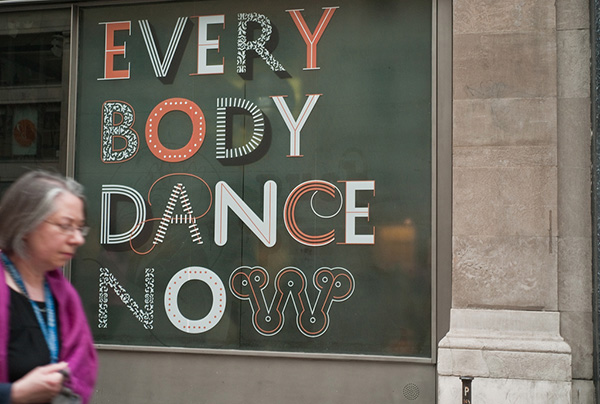
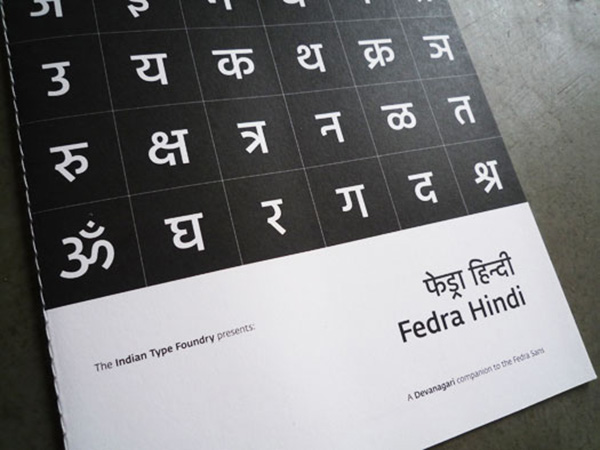
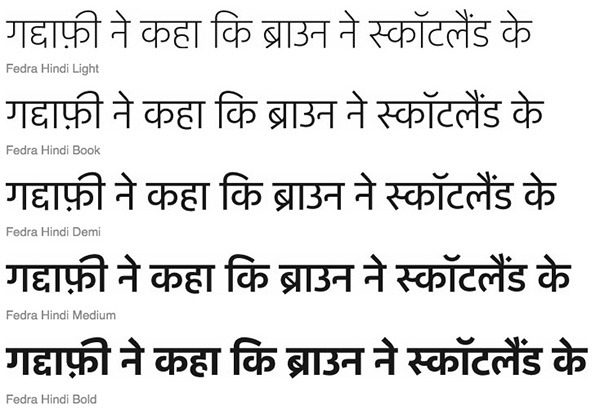
- Oded Ezer has playfully translated the calligraphic, sign-based tradition of his country into modern font design in his work. His projects are exhibited and acclaimed world-wide. But Ezer is probably also currently the most important Hebrew font designer, his fonts are among the most used in Israel. In addition to his own font designs, for example, he also »translated« Erik Spiekermann’s »Meta« font into Hebrew. Oded Ezer was appointed to the Alliance Graphique International (AGI) in 2oo9.
- odedezer.com
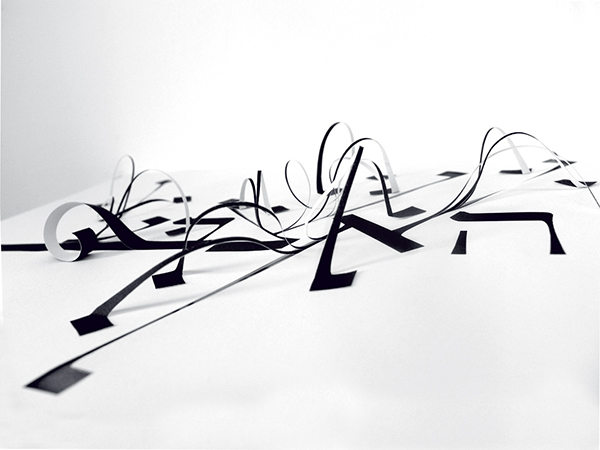

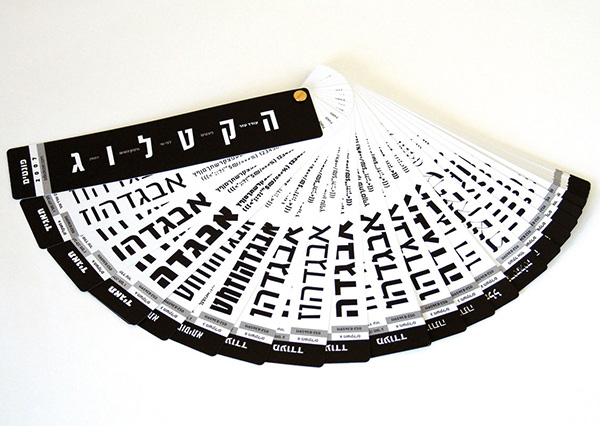
- Johannes Bergerhausen is a pioneer in the »Unicode« field. The computer standard permits a virtually unlimited number of graphical signs – »glyphs« – on one c. He demonstrates this impressively in his standard work »Unicode«, depicting more than 1oo,ooo characters. Unicode covers all writing systems: from cuneiform script to Greek, Cyrillic, Arabic, all of the Asian languages and Latin, our writing system.
- decodeunicode.org
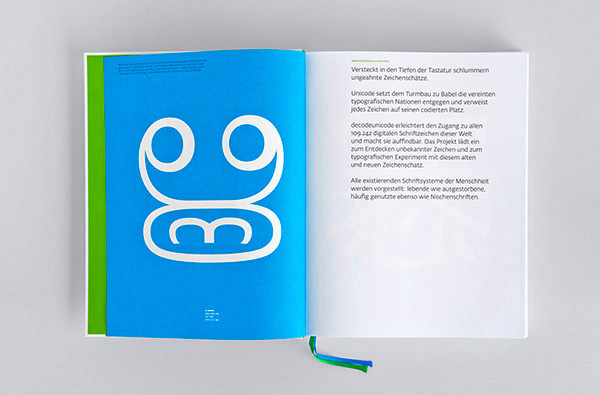
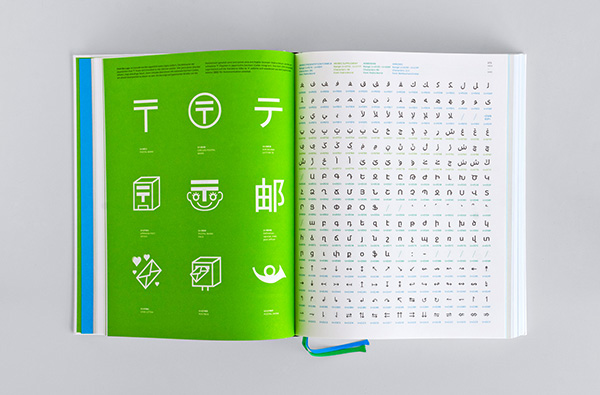
- Before settling down in Berlin, Ben and Sascha lived and worked in London, Paris, Brussels and Cairo for a while. In 2oo8 they pulished the book “Arabesque – Graphic Design from the Arab World and Persia” – the result of a long lasting, intensive research on the Middle Eastern graphic design scene. Meanwhile, the second edition of Arabesque has been published, and an exhibition project »Right to Left« dealing with the Arab and Persian graphic design scene has opened in Berlin.
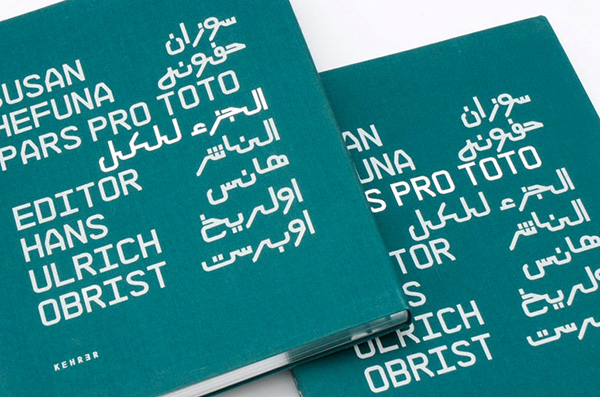
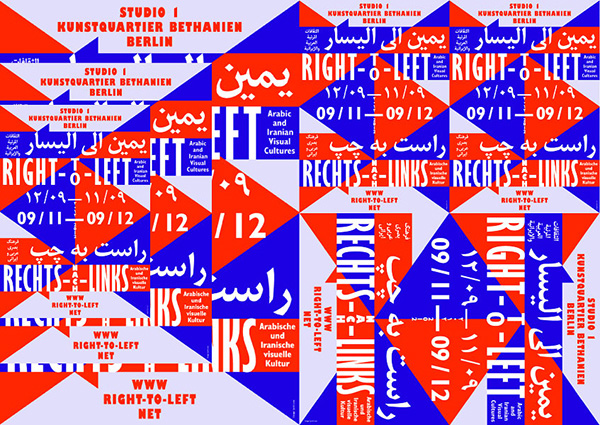
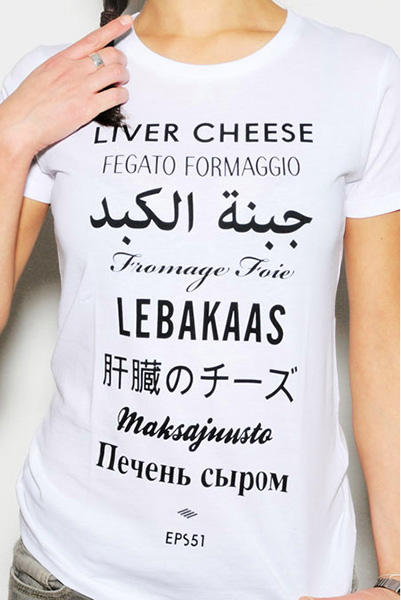
- Na Kim gained international fame thanks to her work on the bilingual graphic design magazine »Graphic«, among other things. Her minimalist, mostly abstract, geometric works are always distinctive and memorable. Na Kim began studying and working in the Netherlands in 2oo6, relocating her studio to Seoul, Korea, in 2o12.
- ynkim.com

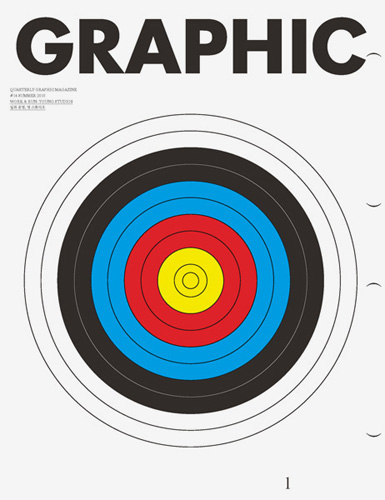

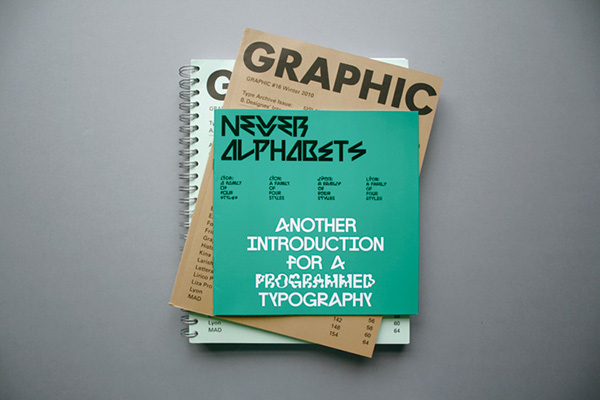
- Shoko Mugikura studied design in Japan and England. She currently lives in Berlin where she works together with Tim Ahrens, jointly running »Just Another Foundry«. The fascinating thing about the Japanese writing system is not only that it features both a vertical and horizontal arrangement of characters, but also consists of no fewer than three sign systems, Kanji, Hiragana and Katakana.
- justanotherfoundry.com
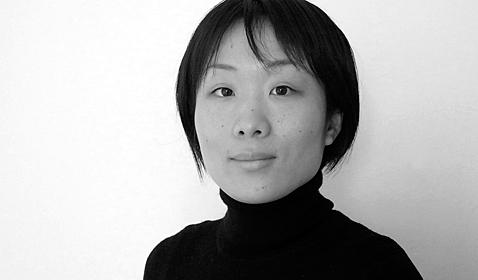

- Sascha Lobe has held the Chair of Typography at HfG since 2oo9. In his own work at his studio »L2M3«, he conceives and designs projects in all spheres of visual communication, projects in which typography always plays an essential role. His works have been internationally distinguished and are part of various design collections such as Die Neue Sammlung in Munich. He was appointed to the Alliance Graphique International (AGI) in 2oo9.
- L2M3.com
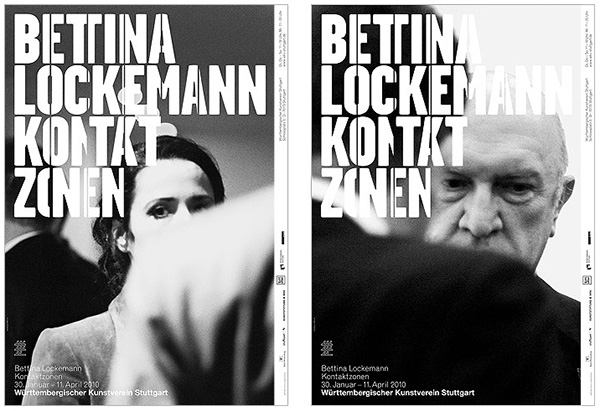


- babel
- The babel symposium is conceived and organised by the chair of typography (Prof. Sascha Lobe) at HfG Offenbach. »Do we understand each other?« is the motto and topic in one. With its art and applied courses of study, HfG Offenbach is devoted to both research and experimentation.
- in cooperation with the
Klingspor-Museum Offenbach -
HfG Offenbach63o65 Offenbach am MainSchlossstraße 31
- info@babel-type.eu
- © 2o12 HfG Offenbach
-
Kommunikationsdesignmario hombeuel
-
Website
-
Betreuung





